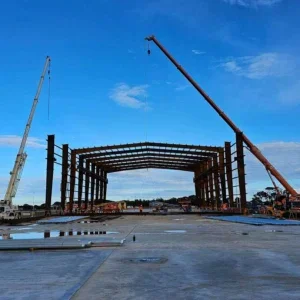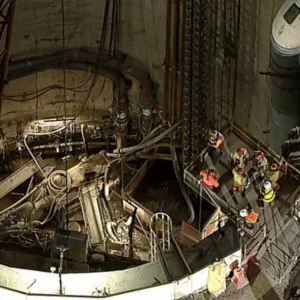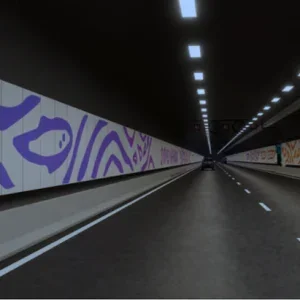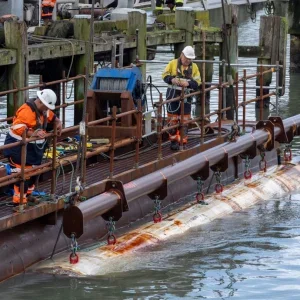Two tunnel drives are finished and steady progress on the remaining three TBM headings has taken excavation of the troubled 23.5km-long Strategic Sewage Disposal Scheme (SSD) Stage 1 in Hong Kong to approximately 75% completion.
In February 2000, C K Hon, chief engineer for the Drainage Services Department’s project, explained to T&T International that, after the false start in 1996 (by the Campenon Bernard-Maeda (CB-M) JV, contractors on the three retendered contracts are battling against technical and geological difficulties and other set-backs towards completing all tunnel excavation by mid-2001.
The full system is scheduled to be in operation by the end of 2002, four years later than originally planned, and at an increased cost of US$259m for the tunnels as compared to the original US$168.8m CB-M contract.
"In November 1999, Paul Y–Seli finished the 5.3km long Tunnel C when its 4.2m diameter Robbins TBM broke through into the reception shaft after achieving average rates of 98.5m/week, working 24h/day, 6 days/week," said chief engineer Hon. "Skanska also completed the short drill+blast Tunnel G in January 1999 and is about 76% through Tunnel F.
"Gammon–Kvaerner is more than 80% through the 3.5km long Tunnel D and more than 50% through Tunnel E, the longest on the project at 5.5km. Tunnels D and E are being lined with precast concrete segments as they advance. The others will be lined with in-situ concrete."
The most difficult drive, geologically, according to Hon, was always recognised as Skanska’s Tunnel F. "The tunnel crosses the Tolo Channel Fault, which passes under the channel between the Kowloon mainland and Stonecutters Island," said Hon. "When Skanska completed the Tunnel F reception shaft, we asked for the drilling of a long horizontal core to investigate the exact location and condition of the fault.
"The core penetrated some 10m into the fault. We discovered that the fault is certainly where we expected but that conditions are likely to be less problematic than originally anticipated. Skanska’s 3.3m diameter Robbins TBM is fitted with a 360° probe and grout injection drilling rig and should therefore be able to manage the conditions encountered."
Although it is now progressing steadily, the project suffered two major set-backs in 1999. In June, at about mid-way into Gammon Kvaerner’s Tunnel D drive, the refurbished Altas Copco TBM suffered a broken drive shaft, which resulted in five months of downtime. Work resumed in early November 1999 and, to the end of January 2000, the repaired TBM had added another 30% – about 1km to the heading.
Then, in December 1999, workers using an oxyacetylene torch on the Paul Y-Seli Tunnel A drive suffered the consequences of an in-tunnel explosion.
The two torch operators died of their injuries in January 2000. The accident is now subject to a coroner’s enquiry. Work was suspended for about five days following the event and, once restarted, the crew completed the initial Tunnel A drive in late December 1999. The TBM has since continued into the Tunnel B drive.
Related Files
Hong Kong’s SSDS Stage 1







